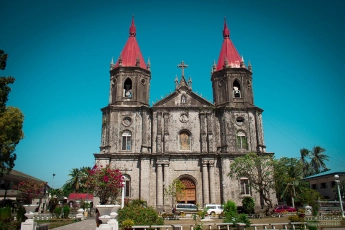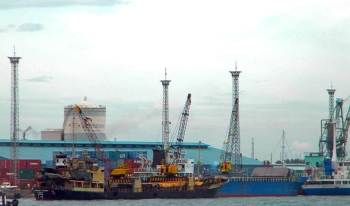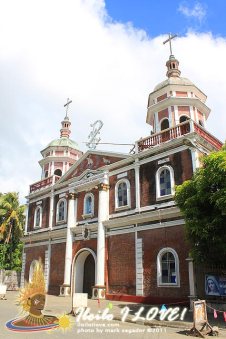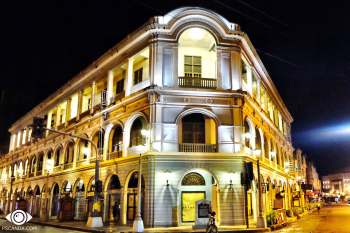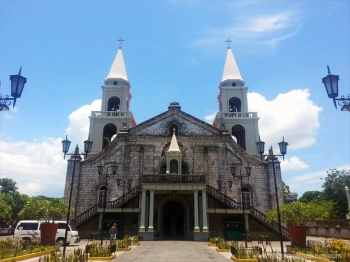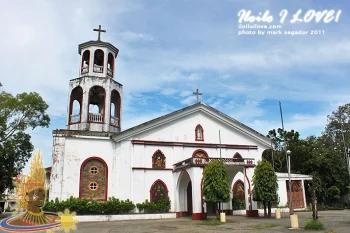St. Anne Parish Church, generally known as Molo Church is probably the second most popular and visually artistic church in the Province of Iloilo after Miag-ao Church, which is listed as one of UNESCO’s World Heritage Sites. The Gothic designed church is located in the District of Molo, Iloilo City, Philippines. Coupled with the newly renovated Molo plaza, this place is one of the most visited tourist attractions in the city. The Church was built under the supervision of Father Pablo Montaño in 1831. It was completed by Father Agapito Buenaflor under the direction of Don Jose Manuel Locsin. This European Gothic inspired church is very famous for its two pyramidal red spires. Just like most churches during that era, it was made from coral rocks and limestone, and they used egg white with sand to prop it all up since cement was not yet readily available at that time.
